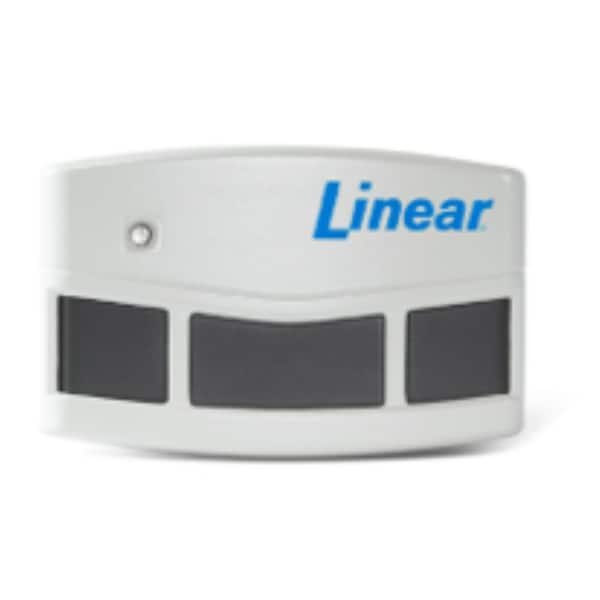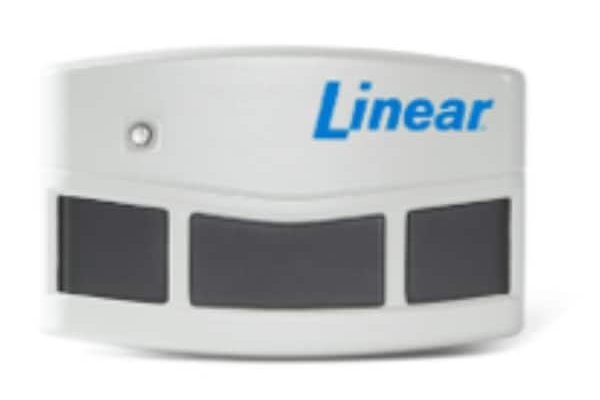
Linear garage remotes have been around forever. They’re those trusty little clickers, built to open and close your garage using a radio signal. But let’s be real: we live on our smartphones now. The idea of consolidating everything into a single device is appealing, especially when remotes get lost, batteries die, or codes go out of sync at the worst possible moment. So, let’s break down what’s possible, what’s not, and what you’ll need to know if you want your phone to play the part of your Linear remote.
How Linear Garage Remotes Work: The Nuts and Bolts
If you’ve ever looked inside a typical Linear garage remote, you’ll find a small battery, a circuit board, and a button or two. Pressing the button sends a specific radio frequency signal—a kind of secret handshake—to your garage door opener. If the codes match up (Linear uses “rolling code” or “fixed code” tech, depending on the model), the opener springs into action and your garage door moves.
Here’s the thing: this method is dead simple, but also very secure. Linear remotes don’t use Wi-Fi or Bluetooth; they rely on radio frequency (RF), usually around 300-400 MHz. Your phone, however, doesn’t have the same kind of RF transmitter built in. It’s made for Wi-Fi, Bluetooth, NFC, and cellular signals. That’s a huge reason why you can’t just install an app and use your phone to mimic a Linear remote out of the box.
But technology is nothing if not clever. There are workarounds—some official, some more DIY—that allow you to use your smartphone, but they almost always involve extra hardware or integrations. It’s not impossible, just not as plug-and-play as swapping your old remote’s battery.
Why Your Phone Can’t Replace a Linear Remote Instantly
Honestly, this is the heart of the matter. If you’re hoping to simply download an app and instantly control your Linear garage opener, you’ll hit a wall. The mobile phone in your pocket doesn’t speak the same digital “language” as a Linear remote, mainly because:
- Phones lack the correct RF chip to communicate directly with Linear openers.
- Linear remotes use secure rolling codes that are hard to replicate without physical hardware.
- Security and safety regulations prevent app makers from simply “hacking” into garage doors via software.
Think of it like trying to use your car’s key fob to unlock your neighbor’s house. It’s just not designed that way, and for good reason. Your Linear opener expects a specific kind of handshake, and until you introduce a device that can bridge the gap, your phone stays on the sidelines.
Smart Garage Door Converters: Making Your Phone the Remote
Here’s where things get interesting. While your phone can’t natively replace a Linear garage remote, you *can* add a smart garage door opener or converter. These nifty gadgets act as a middleman between your existing Linear system and your smartphone.
Typically, the process works like this:
- You install a smart garage controller (think brands like MyQ, Nexx, or Tailwind) that connects to your garage opener’s wires.
- The controller hooks up to your Wi-Fi network and syncs with an app on your phone.
- With the app, you can open or close the garage, check status, and even set up alerts or automations.
Let me explain: Instead of your phone mimicking a Linear remote’s code, it sends a signal over Wi-Fi to the smart controller, which then triggers your opener—legally, safely, and securely. It’s not direct emulation, but the result feels the same. You tap your phone, your garage responds.
Pros and Cons of Using Your Phone as a Garage Remote
Switching to a smartphone-based setup sounds great, but as with most things, there are trade-offs.
Here’s what’s great:
- Convenience: Always have your “remote” in your pocket.
- Extra features: See if your door is open, automate closing at night, share access with trusted guests by sending an invite.
- No more battery swaps or losing remotes.
Now, the downsides:
- Extra cost: Smart controllers and installation can run $30–$100+.
- Internet dependency: If your Wi-Fi goes down, so does your smartphone control (though the wall button still works).
- Setup: You’ll likely need to run a wire and pair or sync codes during installation, which can take an hour, especially if you’re not handy.
You might be wondering, “Is it worth the hassle?” For many, the peace of mind and flexibility outweigh the minor headaches. But if you rarely use the remote, or find technology finicky, your classic Linear remote may be just fine.
Pairing and Syncing: How Your Phone Talks to the Garage Door
The process of getting your phone to open the garage starts with pairing or syncing the smart controller with your garage door opener. Most brands have a similar setup routine:
- Connect the smart garage controller to your Wi-Fi using the app.
- Wire (or pair wirelessly) the controller to your Linear opener’s terminals—usually a simple screwdriver job, but check your opener manual.
- Run a test: The app should sync, allowing you to control or reset the opener from your phone.
If something doesn’t work, double-check code compatibility (Linear has several common models and some less common variants). Battery issues don’t crop up since the controller is wired or plugged in, but Wi-Fi signal strength does matter. The app will walk you through troubleshooting steps; sometimes it’s as simple as resetting the controller or re-syncing the connection.
Smart controllers act like a new “universal” remote, layering new technology over your old system—without throwing out what already works.
Security and Safety: Are App-Based Garage Remotes Safe?
Let’s address the elephant in the room: You’re moving garage access from a single-purpose remote to a smartphone app connected to the internet. Is it safe?
Here’s the honest scoop: Major smart garage controller brands use strong encryption and two-factor authentication, just like online banking. But, no system is 100% foolproof. If your phone is lost or hacked, there’s a tiny risk—though you can usually reset, disable, or revoke access within the app.
So, compared to traditional remotes (which can sometimes be copied or intercepted by tech-savvy thieves), smart controllers are arguably safer when set up properly. Always use strong app passwords and enable security features to keep things locked down.
Alternative Solutions: Universal Remotes and Keypads
Phones aren’t the only alternative for replacing or supplementing your Linear garage remote. Many people opt for:
- Universal garage remotes: These work with most major brands (Linear included) and can be programmed via code or learn button.
- Garage keypads: Great for giving kids or guests access without needing an app or phone.
- Replacement Linear remotes: Sometimes the low-tech solution just works best—especially if you like having a backup.
Each solution has its own pairing, syncing, or reset process. Universal remotes, for example, typically support multiple code “profiles” and are easy to swap out if your old remote battery dies or the device is lost.
Common Troubleshooting Tips When Switching to Phone-Based Access
Transitioning from a classic Linear remote to smartphone control can throw curveballs—trust me, even tech pros have moments of “why won’t this work?!”
Some common problems and solutions:
- Wi-Fi connection issues: Ensure your garage Wi-Fi signal is strong; consider a range extender if not.
- Controller not syncing: Double-check wiring and ensure your Linear opener is compatible with your smart controller model.
- App not responding: Try a hard reset of the controller or reinstall the app; sometimes updates or syncing errors happen.
- Out-of-sync codes: If you use both remotes and the app, occasionally re-pair or reset all devices so everything talks nicely together.
It’s not usually rocket science, but patience (and a good user manual) go a long way. If you get really stuck, customer support for most smart device brands is actually helpful—don’t be shy to call.
Final Thoughts: Should You Use Your Phone Instead Of a Linear Garage Remote?
Switching from a Linear garage remote to your smartphone isn’t quite as simple as flipping a switch, but it’s far from impossible. With a smart garage controller bridging the gap, your phone becomes a powerful, flexible garage remote—complete with notifications and peace of mind.
Still, everyone’s needs differ. If you crave simplicity, sticking with a classic remote or a keypad is a solid move. But if you love the idea of combining everything into your phone, monitoring your garage from anywhere, and sharing easy access with friends or family, the upgrade’s probably worth exploring.
At the end of the day, technology keeps finding new ways to streamline the basics—like opening your garage. And that’s a little piece of everyday magic, right in your hand.
